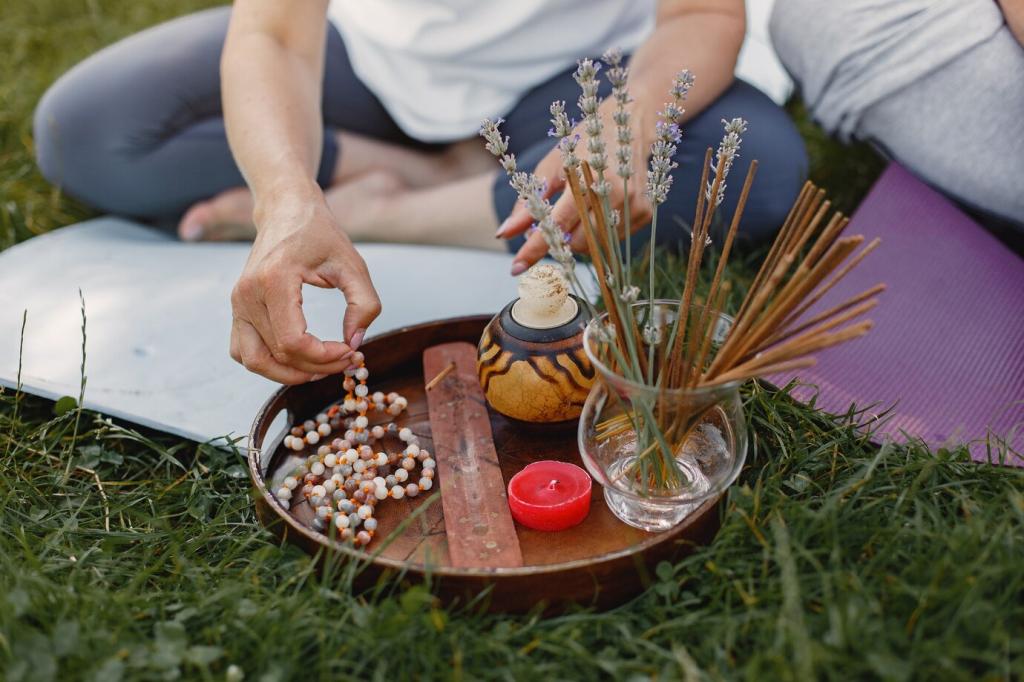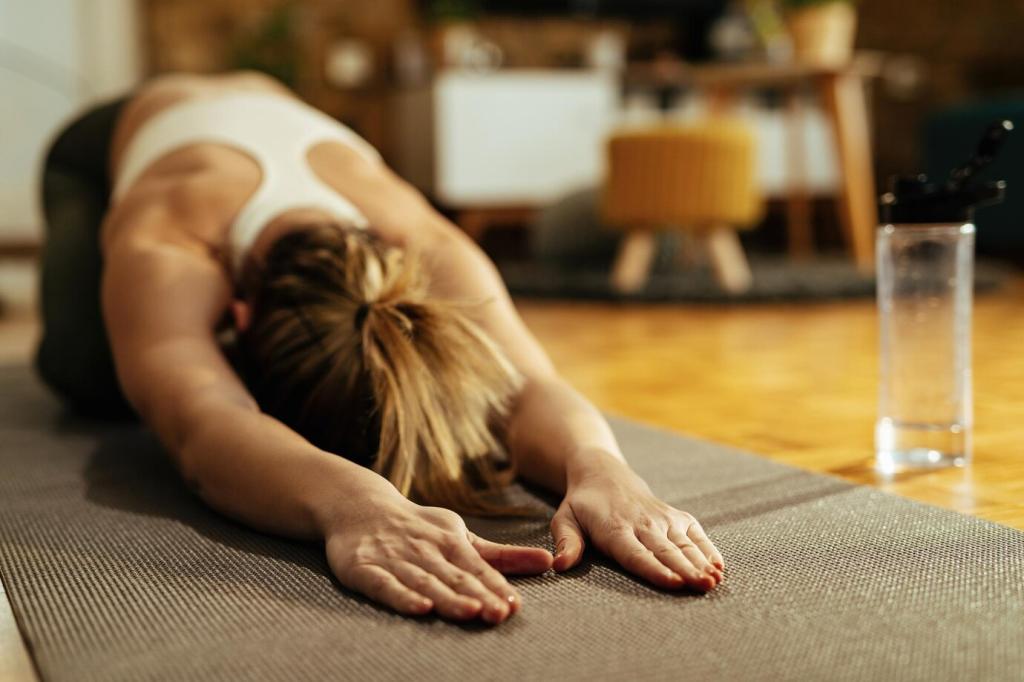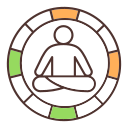Different Styles of Guided Meditation for Relaxation
Welcome, calm seeker. Today’s chosen theme is Different Styles of Guided Meditation for Relaxation. Explore gentle approaches, find your fit, and breathe easier. Stay with us, share your reflections, and subscribe for fresh guided prompts each week.

Why Styles Matter for Relaxation
Breath cues often soothe a racing mind, while visualization can restore focus when attention feels scattered. If physical restlessness dominates, body scan or progressive relaxation may help. Experiment kindly, notice what lands, and comment with your favorite pairing.

Why Styles Matter for Relaxation
After weeks of noisy train rides, Jana tried a five-minute breath-guided meditation with elongated exhales. She arrived at work less reactive and more grounded. Try a quick session during transitions and share whether your commute softens too.

Breath-Focused Guidance: Calm Through Rhythm
Inhale, hold, exhale, hold—each for equal counts, guided by a steady voice. This rhythmic structure helps anxious minds feel safely contained. Practice for three cycles now, then report in the comments how your body temperature and shoulders respond.
Body Scan and Progressive Muscle Relaxation
From Toes to Crown: A Soft Survey
A body scan gently suggests visiting each region with curiosity. You may find stress in surprising places, like the tongue or hips. Pause, breathe into that area, and share which region most consistently relaxes during your guided sessions.
Tension-Release Cycle in Sixteen Muscle Groups
Progressive relaxation asks you to briefly tense, then release, guiding muscles to learn safety again. A calm voice paces the timing. Note which groups soften fastest, track your sleep afterward, and comment about subtle changes over several days.
Using Body Scan to Fall Asleep
Guides often dim the pace and volume as you scan, signaling permission to drift. Keep lights low, phone distant, and surrender to the voice. If you fall asleep mid-scan, celebrate, and tell us which phrases helped the most.

Visualization Journeys for Soft Focus
Imagine a restful space designed by you: temperature, light, and soothing sounds. The guide prompts details, your body follows. Revisit consistently to strengthen relaxation memory. Post a description of your safe place to inspire another reader’s next practice.
A guided forest or shoreline stroll uses footsteps, breezes, and birdsong to quiet mental noise. Even brief journeys soften jaw clenching. Try five minutes during lunch, notice your posture afterward, and invite colleagues to share their favorite landscapes.
Meet a calmer future version of yourself who offers grounded advice. The guide frames questions kindly, building trust and ease. Write down one sentence you received, practice it nightly, and tell us if it changes your evening relaxation curve.

Loving-Kindness for Warm Relaxation
Phrases That Soothe Without Strain
May I be safe, may I be calm, may I be at ease. A gentle guide keeps pace compassionate. Whisper internally, track shifts around the heart and throat, and comment about any surprising softening behind your eyes.
Expanding the Circle of Kindness
After beginning with yourself, include a friend, a neutral person, then a difficult person, all within safe boundaries. This expands ease. Note any emotional waves, pause kindly, and share what helps you return to relaxation while practicing.
When Resistance Arises in Practice
If phrases feel awkward, your guide can invite curiosity instead of pressure. Adjust wording to match authenticity. Breathe, shorten sessions, and journal micro-shifts. Tell us how you rephrased a line so your body truly relaxed with it.



A repeated phrase synchronized with breath can create a steady, comforting groove. Let the guide carry the rhythm while you relax into the cadence. Try a simple syllable today and share the sensations near your chest and belly.

